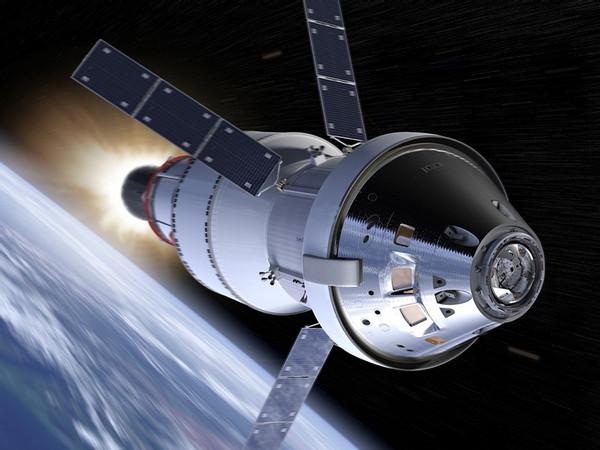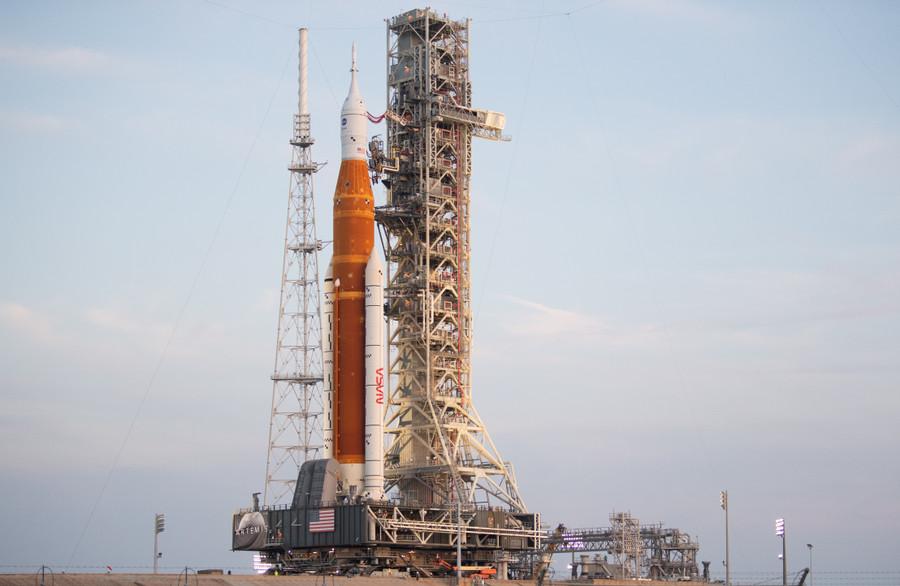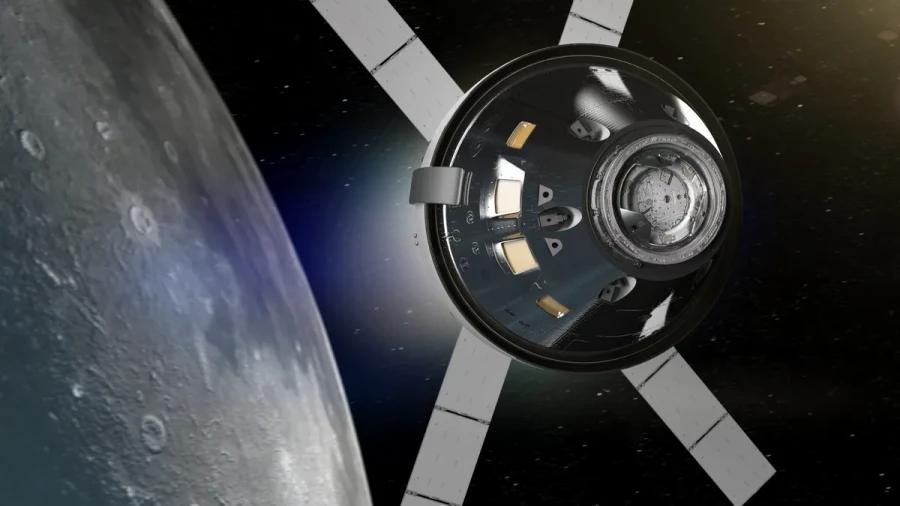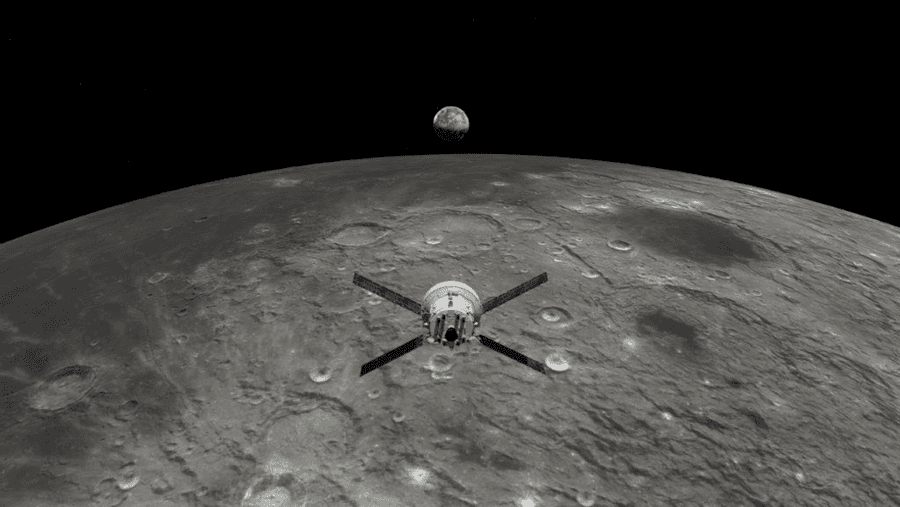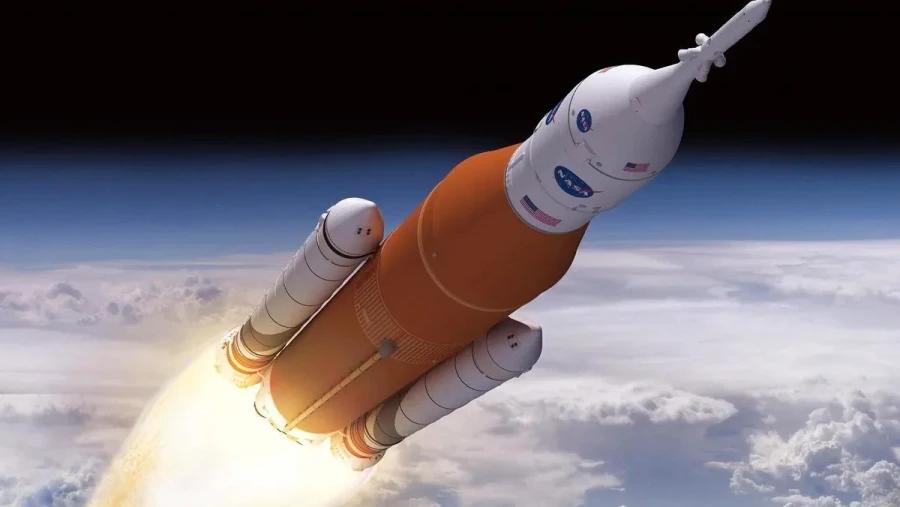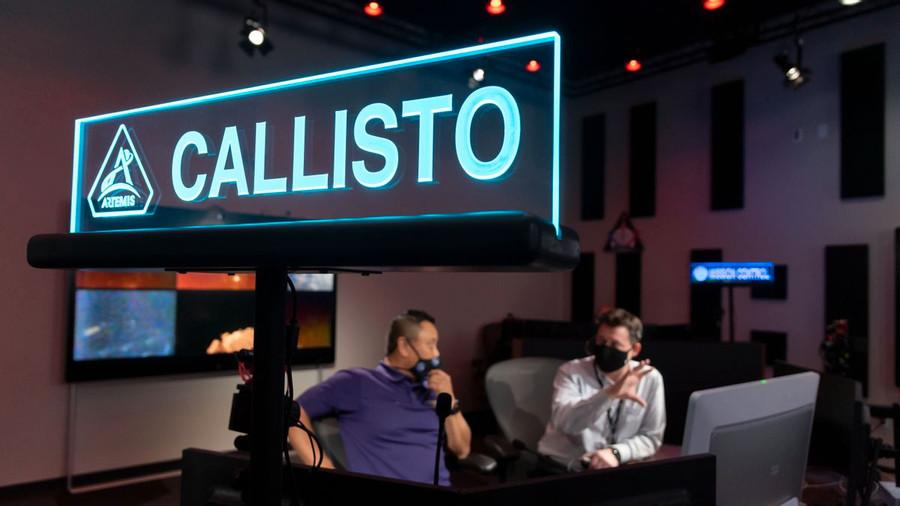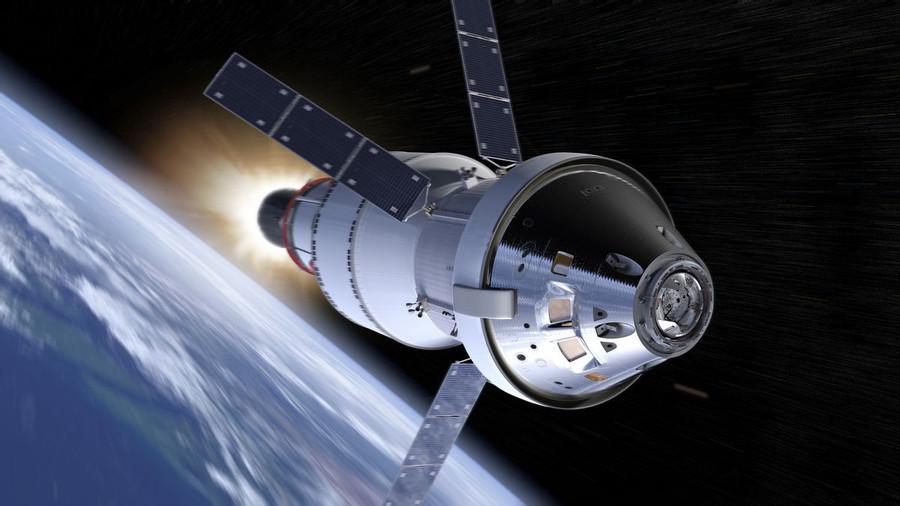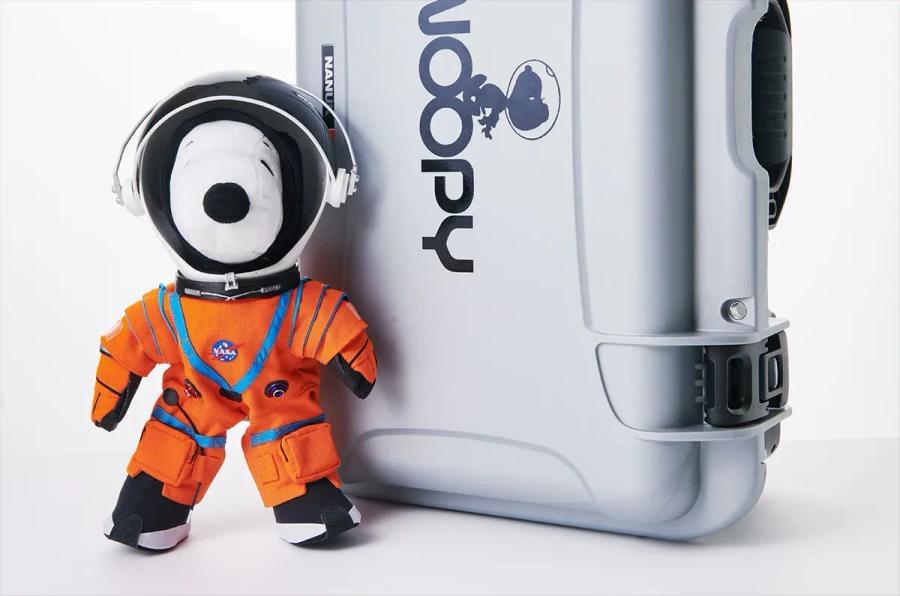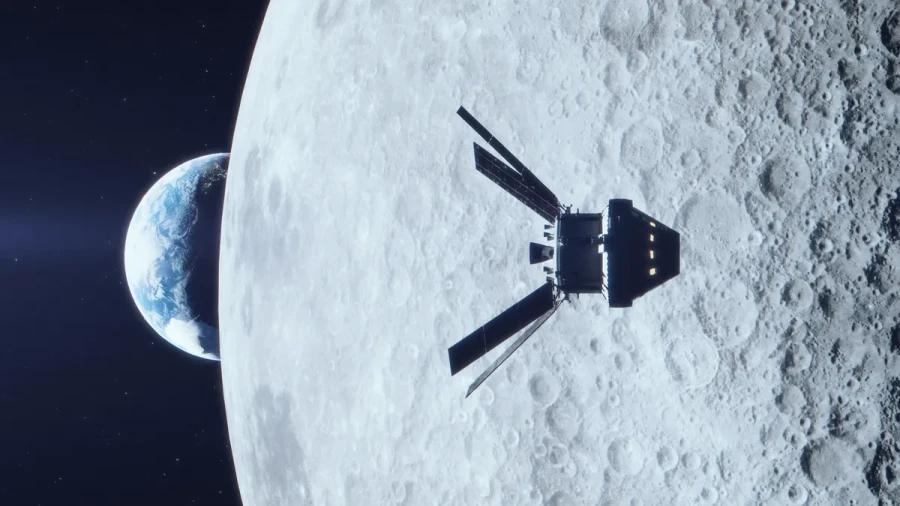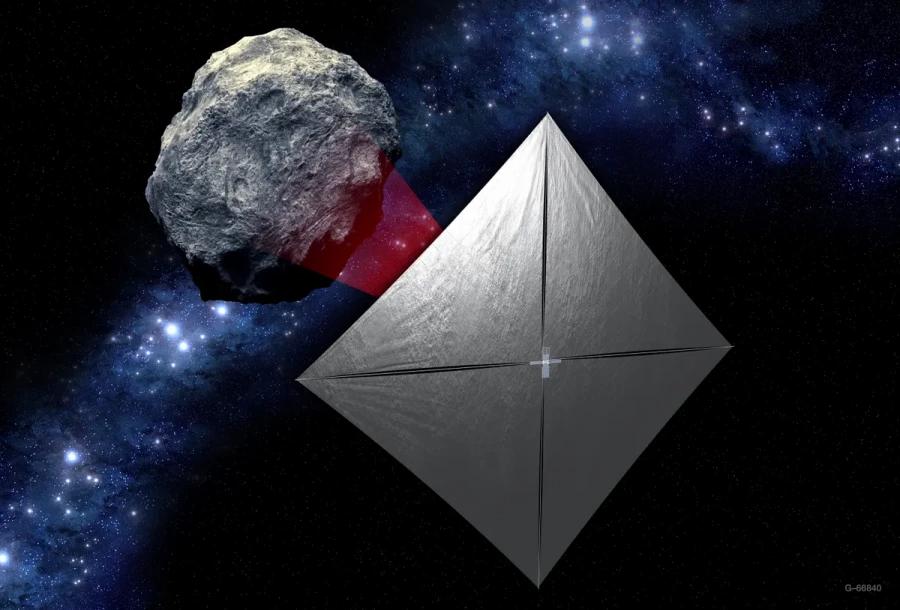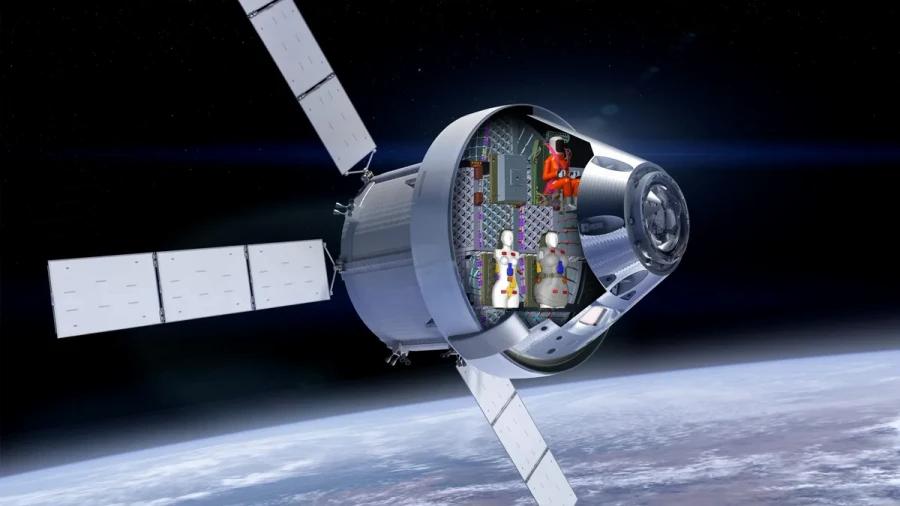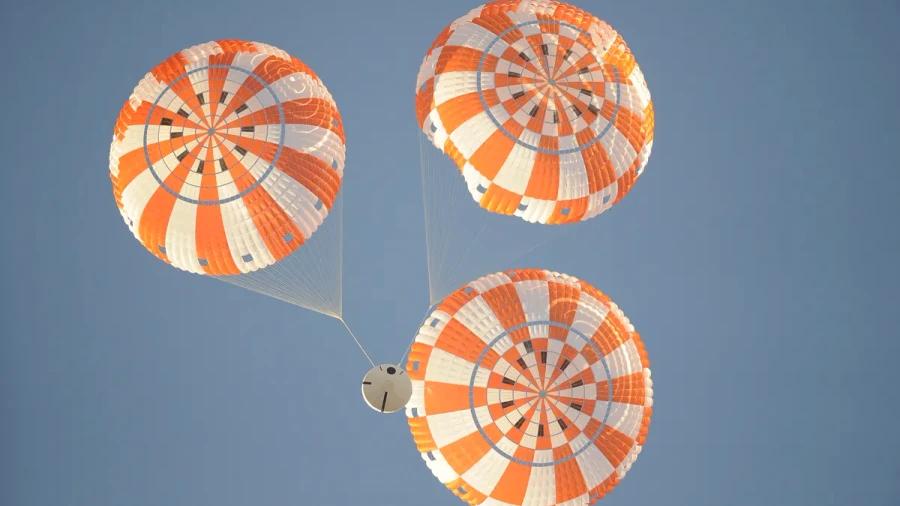Artemis 1: 10 wild facts about the NASA moon mission
Curated from: space.com
Ideas, facts & insights covering these topics:
11 ideas
·1.02K reads
5
Explore the World's Best Ideas
Join today and uncover 100+ curated journeys from 50+ topics. Unlock access to our mobile app with extensive features.
Artemis 1: The ambitious journey to the Moon
The Space Launch System (SLS) megarocket will send an Orion spacecraft into deep space on a crucial test of all systems to make sure they are ready to carry astronauts.
NASA plans to test everything to its limit to get ready for the Artemis 2 crewed mission around the moon, and the Artemis 3 landing mission. Eventually, the agency hopes its Artemis program will help build up systems for exploring Mars.
8
165 reads
Orion is going farther from Earth than any other human vehicle
Once Orion gets into space, the SLS Interim Cryogenic Propulsion Stage will give the spacecraft a crucial moon push before Orion flies on its own. The trans-lunar injection will send Orion to a journey 450,000 kilometers away from Earth.
Orion will then be tasked with settling into an orbit that will bring it just 100 km above the moon's surface at the path's lowest point. Then Orion will use the moon to move to a deeper spot than any human-rated spacecraft before, journeying about 40,000 miles (64,000 kilometers) from the moon.
8
135 reads
The spacecraft will fly for more than a month
Depending on when it launches, Orion will be in space for somewhere between 39 and 42 days.
NASA wants to test its spacecraft to its limit to make sure it is very ready for humans, to the extent where officials said it would be "go" to push to failures that would not be acceptable with a human on board.
8
116 reads
The rocket has never been launched before
SLS is the most powerful rocket ever built and has never left Earth's gravity before.
The core stage is more than 200 feet (61 meters) tall and towers over two boosters; that stage will use 730,000 gallons (2.76 million liters) of supercooled liquid hydrogen and liquid oxygen to power the engines.
8
107 reads
Amazon's Alexa will be on board
Alexa is one of the passengers on board the Orion spacecraft. The virtual assistant is famous on Earth for its ability to control a variety of personal devices, ranging from phones to speakers to Internet of Things devices. On Artemis 1, it will assist with the moon mission in a technology demonstration called Callisto.
Callisto, which also features Cisco's Webex video conferencing software, will demonstrate artificial intelligence, voice technology, and a tablet-based video demonstration in consultation with Orion manufacturer Lockheed Martin.
8
93 reads
The first solar-powered human spacecraft will fly to the Moon
While humans have used solar power in space before, it has been in the cozy confines of Earth's orbit using the International Space Station. Orion will change this dynamic by using solar power close to the moon.
A service module, provided by the European Space Agency (ESA), has a mandate to provide oxygen, water, and power to the Orion spacecraft. All of this will be provided by electricity converted from any energy that three solar arrays collect from our sun.
8
84 reads
Snoopy is on board
Artemis 1 will continue a long-standing tradition of NASA to feature "Peanuts" comic strip characters on board.
The lovable Beagle Snoopy will feature as a cuddly toy, used as the "zero gravity indicator" aboard Orion. For moon missions, Snoopy is best remembered as the name of the lunar module that Apollo 10 used for landing practice.
On Orion, Snoopy will be dressed in a similar orange NASA jumpsuit as the future Artemis astronauts, according to the agency. Silver Snoopy pins, an award given to high-performing NASA employees for generations, will also be on board.
8
65 reads
Millions of space fans will blast their names to deep space
In another long-standing space tradition, NASA invited space fans to put their names onboard the Orion spacecraft. The names were submitted through an agency website and allowed ordinary folks to submit entries that were later loaded onto a flash drive stored on board the vessel.
All of those submissions, numbering nearly 3.4 million, were enhanced by a set of 30,000 people who are credited with making Orion's mission possible. Those names were put onto engraved microchips "to express gratitude to the dedicated employees who have contributed their time and effort to the flight.
8
71 reads
10 CubeSats will collect extra science
Artemis 1 will also carry a set of 10 CubeSats that will deploy on various missions, studying the sun, the moon, and even near-Earth asteroids.
Cubesats are relatively small types of spacecraft that are starting to move out into the solar system after decades of service at Earth for observation, telecommunications, and other purposes.
Most of the little spacecraft will be dedicated to lunar exploration, but a couple have different missions. A very distinctive one is NEA Scout, which will instead spend two years on a journey to a target asteroid.
8
64 reads
3 mannequins will assess radiation
Te spacecraft will host three simulated humans:
- The Matroshka AstroRad Radiation Experiment (MARE) science team, which also includes investigators from DLR (the German space agency), loaded two mannequin torsos (or phantoms) into the spacecraft. Nicknamed Helga and Zohar, each will fly with 5,600 sensors to measure radiation, and Zohar will wear an AstroRad radiation protection vest to see how much of a difference that makes.
- The third one is named after Apollo 13 engineer Arturo Campos and includes sensors for acceleration, vibration, and radiation to assess the stresses of space on a human
being during launch, spaceflight, and landing.
8
59 reads
The mission will end with a super speedy splashdown
- The spacecraft will first need to get rid of its service module as it draws near Earth, to run off of batteries during the re-entry and splashdown phase.
- The spacecraft will crash into our atmosphere at roughly 24,500 mph (39,500 km/h), producing deceleration forces of up to nine times the force of gravity.
- Orion will cruise through the sound barrier over the Pacific Ocean.
- It will deploy a protective thermal cover, then pop out drogues and parachutes to slow down. By the time it splashes down, it should have achieved a speed of 0 from a previous one of 32 times the speed of sound (Mach 32).
8
66 reads
IDEAS CURATED BY
I have a passion for games and books. Avocado is my fuel. And superfood in general.
Evangeline E.'s ideas are part of this journey:
Learn more about technologyandthefuture with this collection
Understanding the basics of blockchain technology
The benefits and challenges of using blockchain
The future of blockchain technology
Related collections
Similar ideas
5 ideas
4 ideas
Read & Learn
20x Faster
without
deepstash
with
deepstash
with
deepstash
Personalized microlearning
—
100+ Learning Journeys
—
Access to 200,000+ ideas
—
Access to the mobile app
—
Unlimited idea saving
—
—
Unlimited history
—
—
Unlimited listening to ideas
—
—
Downloading & offline access
—
—
Supercharge your mind with one idea per day
Enter your email and spend 1 minute every day to learn something new.
I agree to receive email updates
